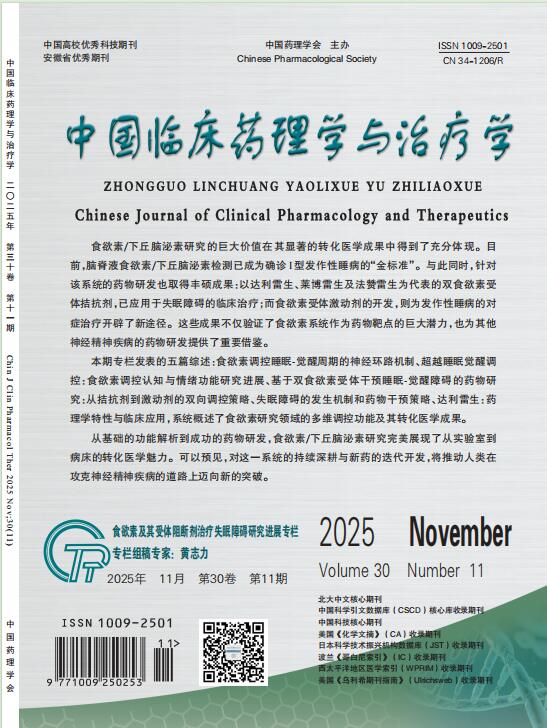Study on binding of 68Ga-PSMA-I&T to newly diagnosed prostate cancer foci
XIE Yan, LI Cheng, ZHANG Lulu, YU Fei, ZANG Shiming, FU Jingjing, LIU Lu, WANG Feng
2021, 26(12):
1379-1385.
doi:10.12092/j.issn.1009-2501.2021.12.006
 Asbtract
(
408 )
Asbtract
(
408 )
 PDF (4254KB)
(
399
)
Related Articles |
Metrics
PDF (4254KB)
(
399
)
Related Articles |
Metrics
AIM: To evaluate the combining ability of prostate-specific membrane antigen (PSMA) targeted radioactive drug 68Ga-PSMA-I&T for newly diagnosed prostate cancer. METHODS: A retrospective study included 45 newly diagnosed patients with prostate disease who underwent 68Ga-PSMA-I&T PET/CT between June 2018 and June 2019. Thirty-two cases of prostate cancer and 13 cases of prostate hyperplasia were diagnosed by pathology, aged from 56 to 89 years, with an average age of (71.0±8.6) years. The standardized uptake values (SUVs) of normal tissues and lesions were measured, including maximum standardized uptake values (SUVmax), peak standardized uptake values (SUVpeak) and mean standardized uptake values (SUVmean), to evaluate the uptake of normal tissues and lesions. Nonparametric Kruskal-Wallis H test was used to compare the differences among the three groups. If the differences between the three groups were statistically significant, Bonferroni method was used for pairwise comparison. Spearman rank correlation was used to analyze the correlation between quantitative data. The area under the curve (AUC) was calculated by the receiver operating characteristic (ROC) curve, and the optimal cut-off value was calculated by the Youden index. RESULTS: 68Ga-PSMA-I&T was biologically well distributed in normal tissues. The accuracy, sensitivity, specificity, PPV (positive predictive value) and NPV (negative predictive value) of 68Ga-PSMA-I&T PET/CT in the diagnosis of prostate cancer were 86.7%, 87.5%, 84.6%, 93.3% and 73.3% respectively. The SUVmax of primary lesions, bone metastases, and lymph node metastases were 15.89 (10.87, 22.05), 12.88 (7.26, 28.26), and 7.88 (6.85, 8.87), respectively. SUVs in primary lesions were higher than lymph node metastases (all adjusted P<0.016 7), SUVmax of bone metastasis was also higher than that of lymph node metastasis (adjusted P<0.016 7). SUVmax, SUVpeak and SUVmean were significantly correlated in all prostate disease foci, prostate hyperplasia foci and prostate cancer foci (all r>0.95, all P<0.001). CONCLUSION: 68Ga-PSMA-I&T can be well combined with the primary and metastatic foci of PCa. 68Ga-PSMA-I&T PET/CT is more sensitive to the detection of primary lesions and bone metastases than lymph node metastases.


